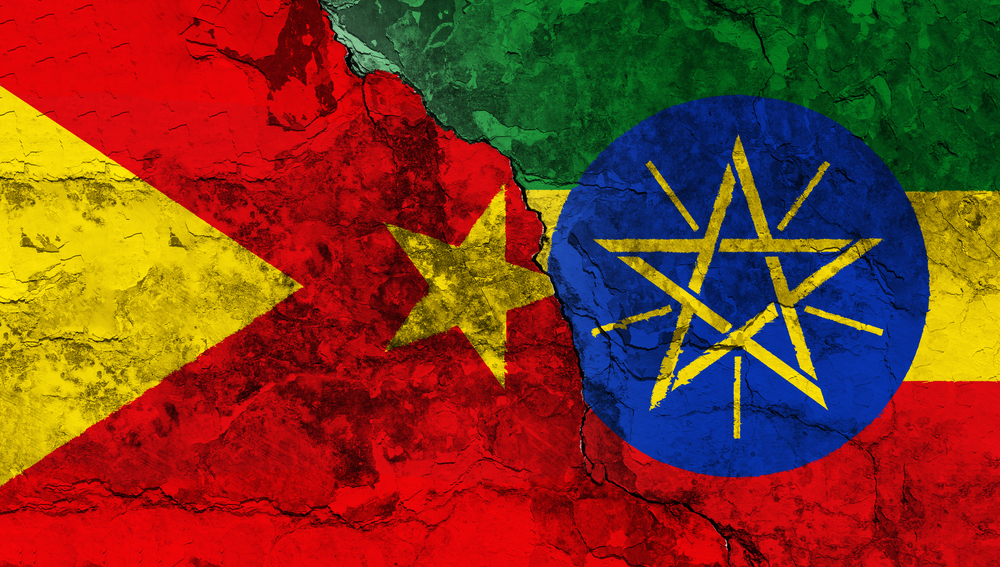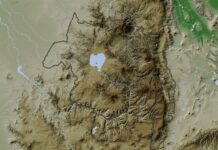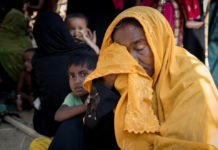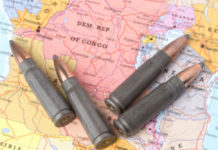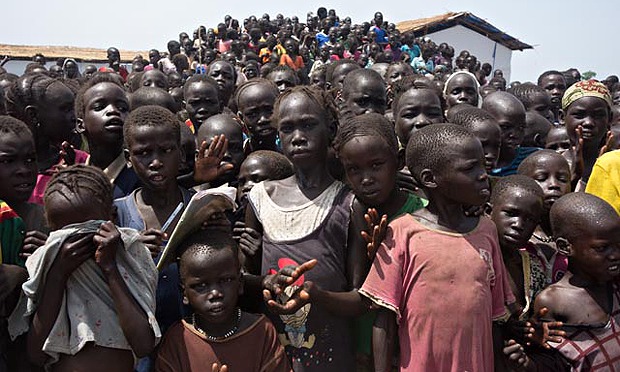From the Tigray Crisis to the current spread of regional ethnic violence throughout Ethiopia, this backgrounder and explainer on the crisis in Ethiopia explains what is happening and how we got here.
Violence is spreading in Ethiopia, increasing concerns that the tragedy of the Tigray Crisis could soon spread (or has already begun to spread) to neighboring provinces of the country and even neighboring countries.
Last weekend at least fifty bodies washed ashore in Sudan along a river that borders Sudan and Ethiopia. Although not yet positively identified, the bodies are believed to be Tigrayan. Several of the corpses had their hands tied behind their backs. One female was shot in the chest. Another body appeared to have been killed with an axe. The grotesque scene added more evidence to the claim of atrocities committed in Tigray.
Ethiopia’s Recent History
A military dictatorship ruled Ethiopia until 1991. During that time, Ethiopia’s many ethnic groups were not allowed to self-rule, use their languages in administration, or nurture their unique group identities.
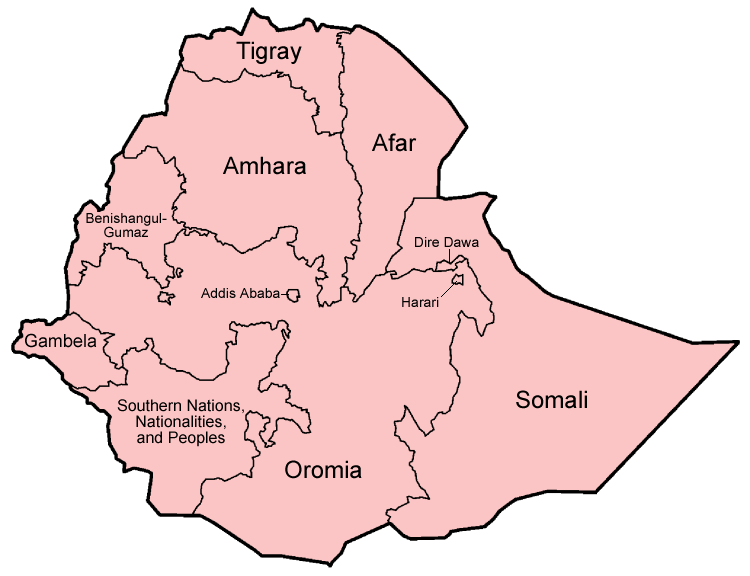
In 1991, the dictatorship was toppled, and a federal government system was established consisting of 10 regional states. This federation allowed Ethiopian ethnic groups greater freedoms, including greater self-government and the celebration of distinct ethnic identities. As ethnic communities and identities thrived, a level of ethnic conflict also began to emerge.
The Oromo ethnic group, the largest, makes up one-third of the Ethiopian population. The Tigray ethnic group, much smaller at 6.5% of the country, is the second-largest ethnic group in Ethiopia but historically the most powerful.
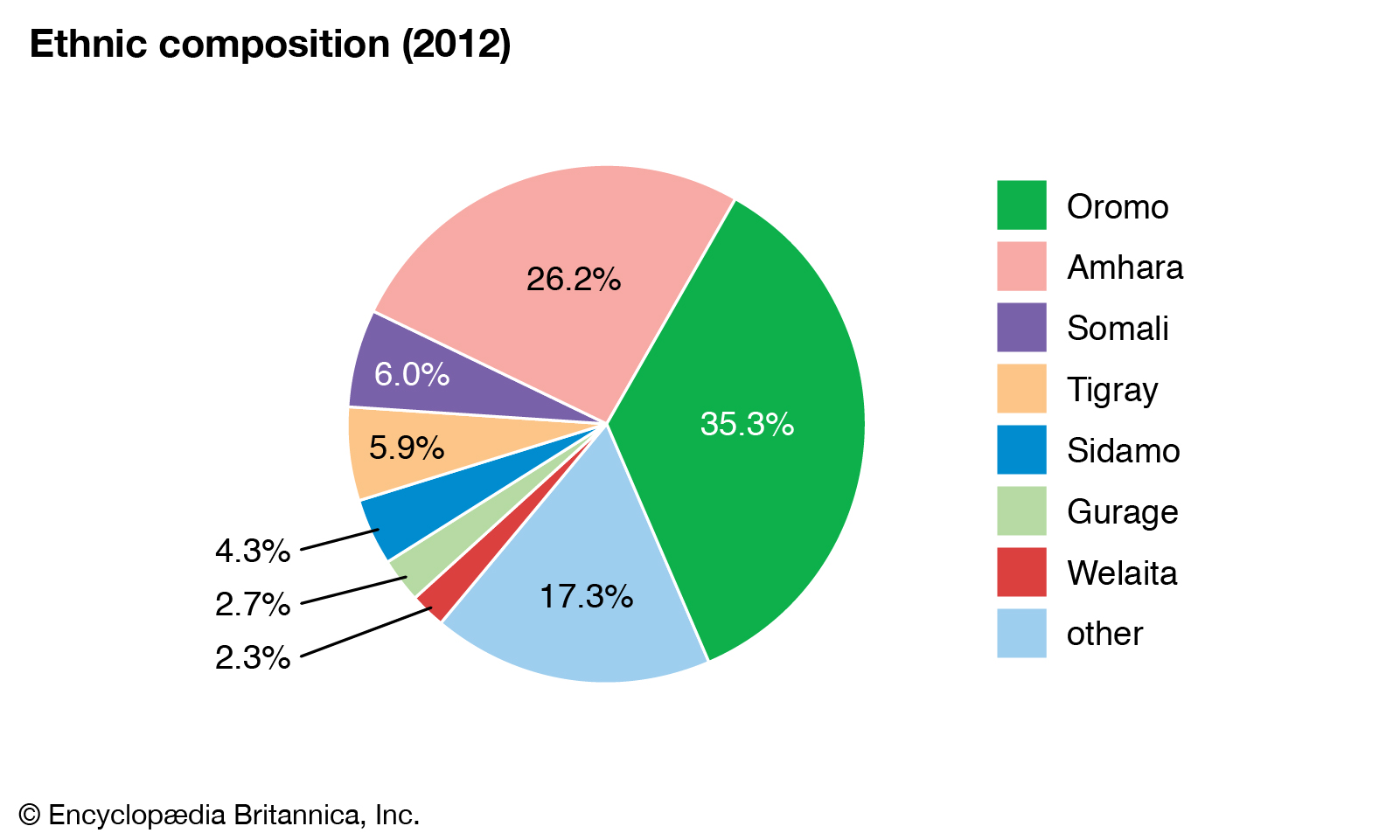
The Tigray People’s Liberation Front (TPLF) is among the most successful political parties in Ethiopia. Tigray State sits in the northern part of the country between Ethiopia and Eritrea.
The TPLF led the fight against the country’s military dictatorship in the 1970s and 80s. In 1991 the TPLF took control of the coalition that led Ethiopia. They established stability for Ethiopia after 1991 and increased prosperity within the country, but the TPLF also limited the involvement of opposition parties within the government.
The Rise of Abiy Ahmed
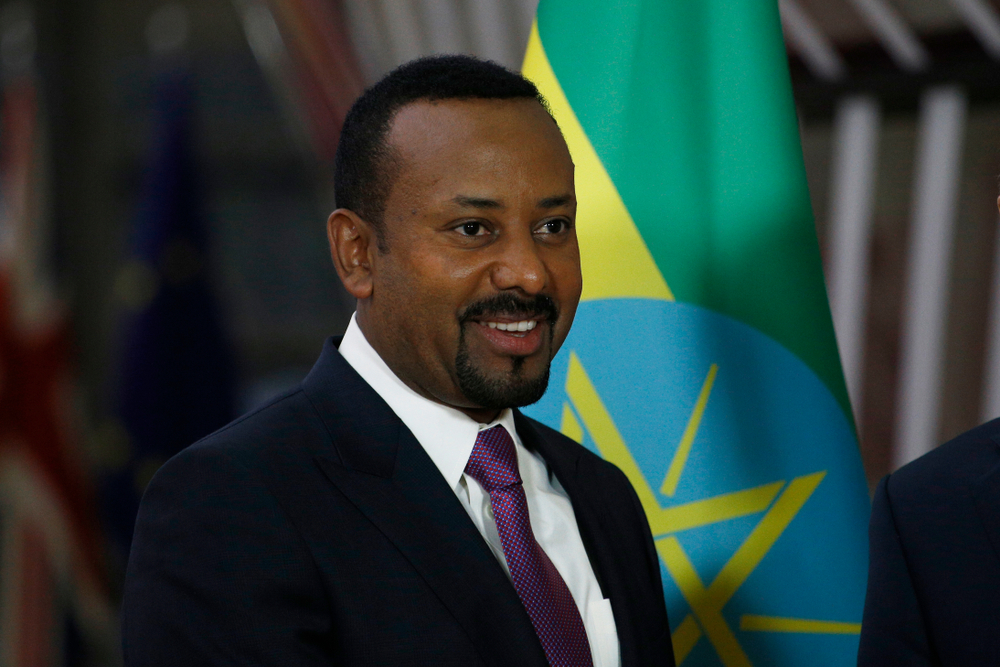
Ethiopia’s Prime Minister Abiy Ahmed came to power in 2018 amid anti-government protests. He quickly grew in popularity and won widespread support for his policies. Abiy was awarded the Nobel Peace Prize in 2019 for political reforms, ending the border war with Eritrea, and pursuing significant democratic developments within Ethiopia. He also attracted large amounts of foreign investment to the country. Abiy hails from the country’s largest Oromo ethnic group.
Upon coming to power, Abiy dissolved the previous coalition of four ruling parties built upon ethnic identities and created a unified Prosperity Party. He pushed back against decades of oversized TPLF influence in Ethiopia and cracked down upon TPLF corruption within the government. The Tigray, feeling marginalized, withdrew from the Abiy’s Prosperity Party beginning in 2019. Abiy’s moves began to appear as a direct threat to the TPLF.
While Abiy was successful in many of his reforms, the core problems of previously established ethno-nationalism remained. Many among the Oromo ethnic groups felt they deserved a more significant cut of Ethiopia’s power due to their size and because the Prime Minister was Oromo.
The 2020 Crises
Like many nations around the world, a barrage of crises exhausted Ethiopia’s growing tensions in the summer of 2020. A pandemic, surging unemployment, a plague of locusts, and record flooding added to Ethiopia’s list of woes in the first half of the year, and a new wave of protests swept the country. More than 200 protesters were killed and 7,000 arrested in the resulting government crackdown.
Next, expressing dangers presented by the pandemic, Abiy delayed scheduled elections in the summer of 2020. Despite Abiy’s postponement of national elections, the TPLF proceeded with local elections in Tigray in September. Ethiopia’s federal government described the local Tigray elections as “illegal.”
To counter the TPLF, Abiy and the Ethiopian federal government diverted federal funding away from TPLF executives and toward local governments in Tigray. The TPLF saw that move as an act of war. These were the conditions that led to Ethiopia’s invasion of Tigray in November 2020.
The Tigray Crisis
The invasion of Tigray in November appeared at first to be a quick affair. In late November 2020, Ethiopian troops occupied the regional capital city Mekelle and suggested that achievement marked the finishing blow to forces loyal to the TPLF. In a matter of three weeks, Ethiopia had declared victory against Tigray forces, now labeled as terrorists by the federal government.
But the fighting did not end there.
Reports began to surface that Ethiopia allowed Eritrean troops to enter Tigray. A bitter history exists between Eritrea and Tigray after the 1998-2000 Ethiopian-Eritrean War. Many Eritreans desire revenge for atrocities committed by Tigray forces during that time. Abiy and the Ethiopian federal government denied the presence of Eritrean troops in Tigray until April. At that time, Abiy expressed that Eritrean troops were responsible for several reported atrocities against Tigray civilians.
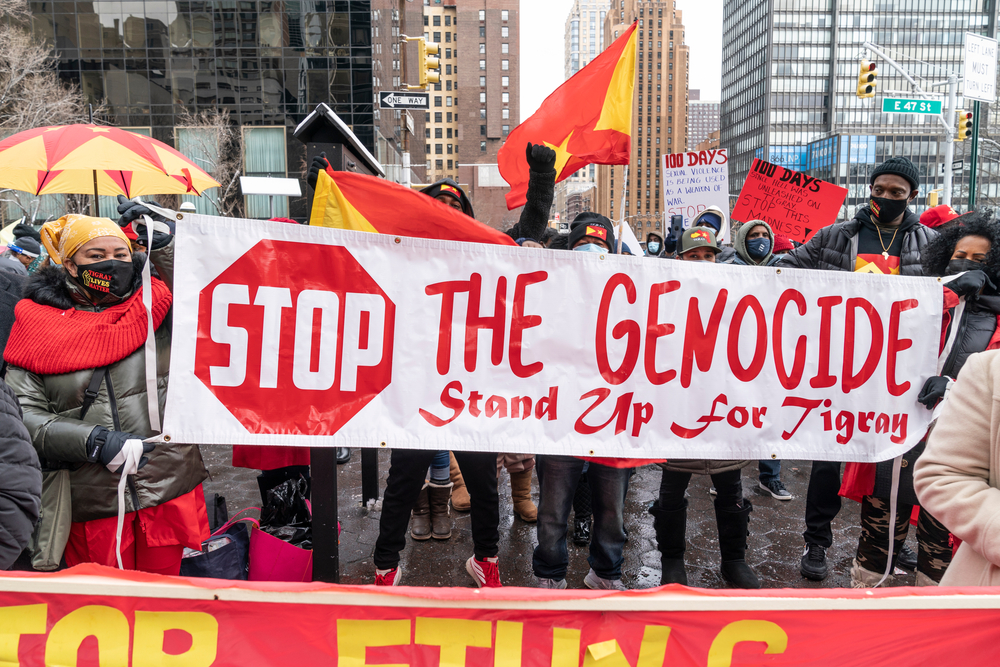
By April 2021, reports of sexual assault crimes carried out by Ethiopians, Eritrean, and irregular army groups from the Amhara regions against Tigrayan women were reported. Abiy admitted knowledge of these crimes but added that Ethiopian troops were also assaulted and victims of atrocities by Tigray fighters.
US Secretary of State Anthony Blinken asserted that ethnic cleansing was now taking place in Tigray’s western region. Today it is accepted that all sides have committed a host of war crimes in the conflict.
In June 2021, Ethiopia announced that its forces, along with Eritrea’s forces, were withdrawing from Tigray on humanitarian grounds. Even as federal troops withdrew, however, communication lines in the region were severed, and international aid remained blocked from entering. Critics argued that Abiy used the cover of humanitarian concerns to back away from a fight against Tigray guerillas that was escalating beyond Ethiopian control. By the end of June, Tigray fighters had recaptured much of the region that federal troops took control of seven months earlier.
By mid-July, growing reports of ethnic violence in western Tigray raised alarms that a new war was all but inevitable, this one between the Tigray Defense Forces and Amhara special military forces. Additionally, an increasing number of Tigray forces were now seen crossing borders into the Afar region and launching attacks.
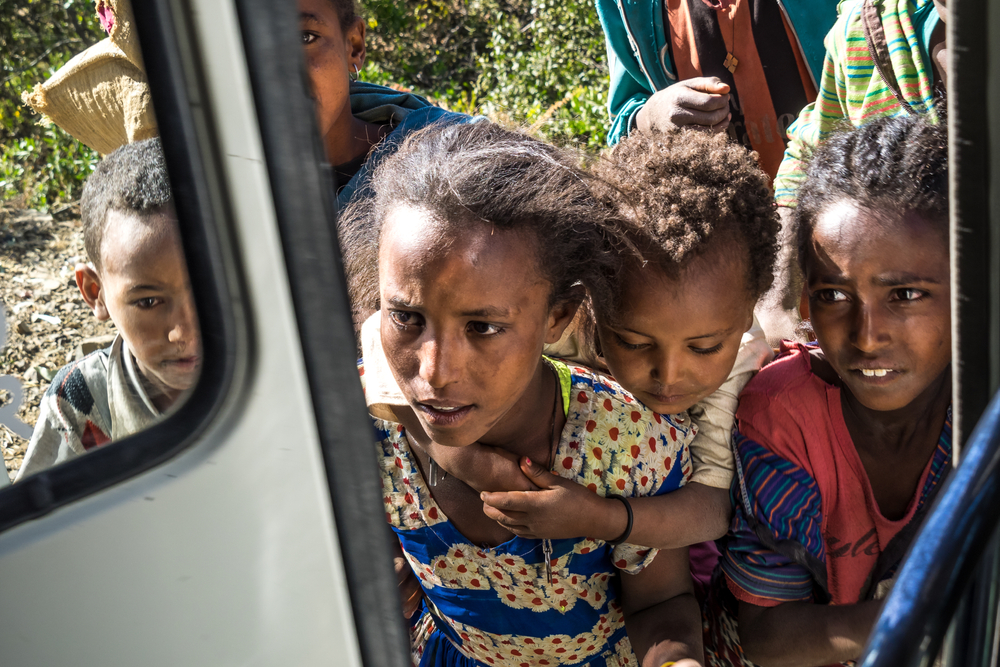
The nine-month war, previously contained mostly to the Tigray region, now appears to be spreading to other regions of the country, including Amhara and Afar. Recently more than 3,000 youths rallied in Addis Ababa to enlist in the Ethiopian military for a renewed offensive against Tigray. Multiple regions of the country said they were sending troops to join Ethiopia’s federal troops for attacks on Tigray.
A History of Ethnic Conflict in Ethiopia
As the current spread in violence is demonstrating, The Tigray Crisis and ongoing violence since November are not based upon isolated issues of recent history. The Tigray Crisis has taken the lid off of long-standing ethnic conflicts within Ethiopia. Before the Tigray Crisis, Ethiopia already hosted 1.8 million internally displaced people. Fighting between the Oromo and Somali ethnic groups between 2016 and 2019 led 1.2 million people to flee their villages. That violence, only loosely managed prior to the invasion of Tigray, is now moving beyond control.
New conflicts and massacres flared in the Benishangul-Gumuz regions in the western part of Ethiopia during December when homes were torched, and 200 people were killed, including children. In April, Ethiopia declared a state of emergency in the Amhara region of the country. More than 300 people were killed in ethnic violence between the Amhara and Oromo ethnic groups in March. At the end of July, a report of ethnic massacres by Afar fighters crossing into the Somali region killed hundreds.
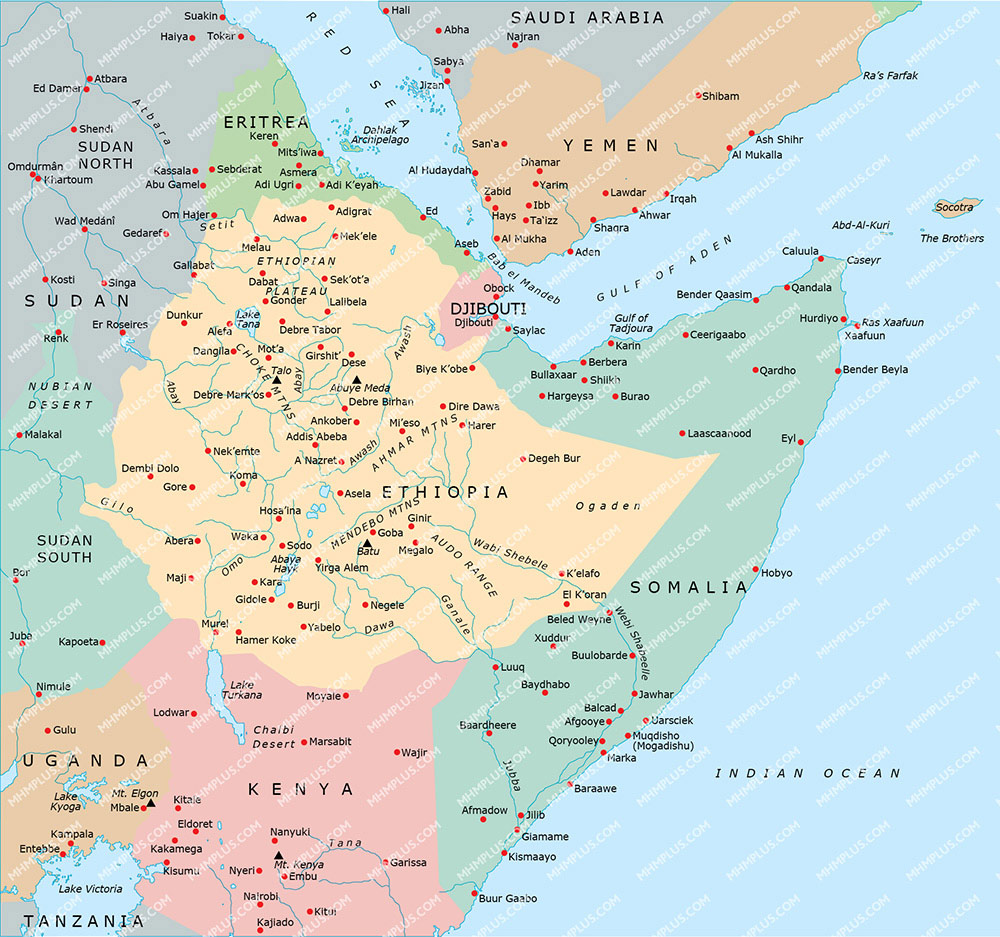
Adding to these internal issues, long-standing tensions between Ethiopia and its neighbors, from Sudan to Somalia to Eritrea, have caused alarms in recent years. Even this week, Ethiopia’s ethnic violence appears to have slipped across the border to neighboring Djibouti. The US, France, and China all have established military bases in Djibouti.
Growing Humanitarian Crisis in Tigray
Upon the invasion of Tigray, Ethiopia shut down the region’s access to electricity and the internet to control communications. That access has only been partially restored. Additionally, international aid has been locked out of Tigray, accelerating the worsening humanitarian situation.
On multiple occasions, aid workers seeking to reach cities and towns beyond those authorized by the federal government in Ethiopia have been shot and killed. In the final days of July, the United Nations World Food Program said the agency would run out of food for the Tigray region by the end of the week. That crisis was due to nearly 200 food and supply trucks being “stuck” in a neighboring region of Ethiopia and not allowed to move into Tigray. The US estimates that almost 900,000 people in Tigray face famine conditions.
The conflict has already produced as many as 2 million refugees, many of these pouring over the borders into other countries.

